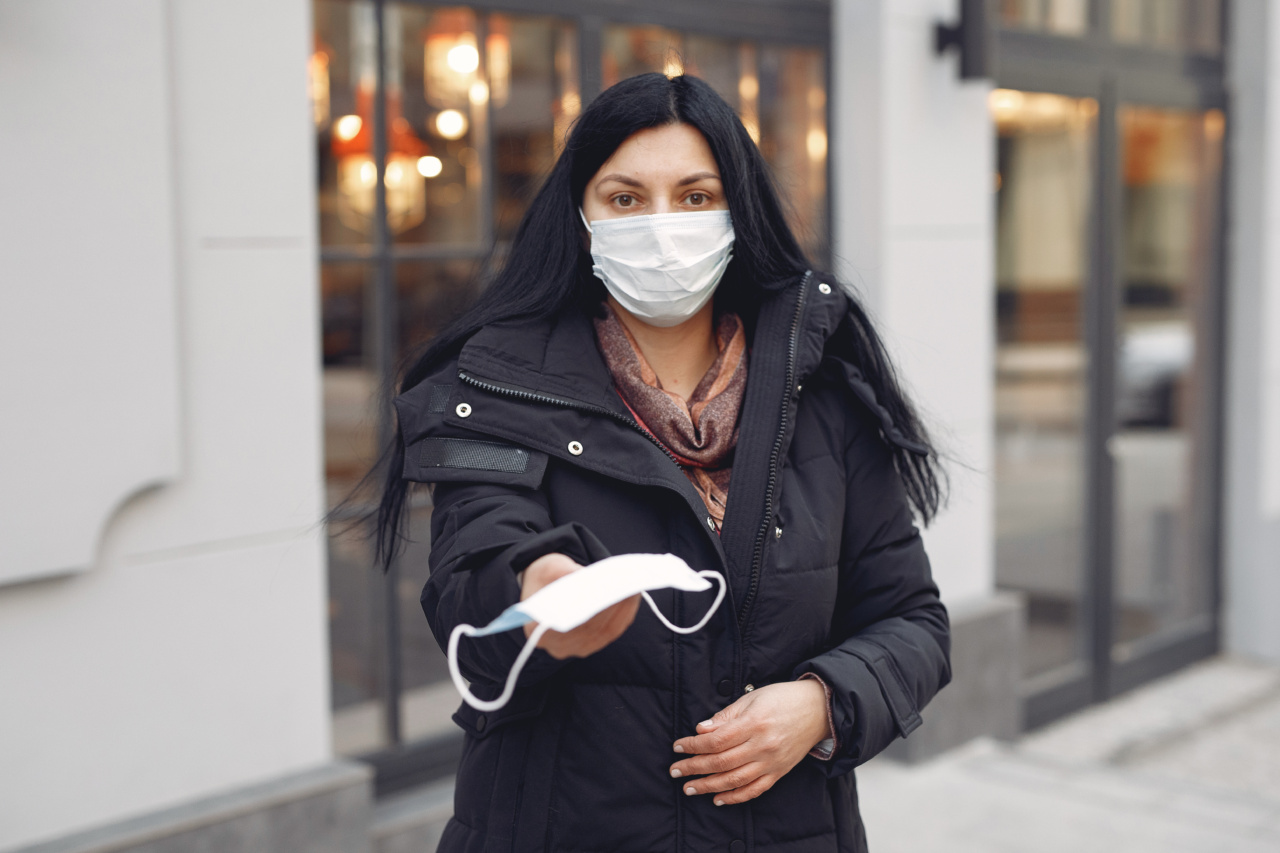As the winter season approaches, healthcare workers are urged to prioritize their health and the well-being of their patients by getting their annual flu shots.
With flu season typically peaking between December and February, it is essential for those working in the healthcare sector to take proactive steps to protect themselves and prevent the spread of the flu virus.
The Importance of Vaccination
Flu shots, also known as influenza vaccines, are designed to protect against the strains of influenza virus that are expected to be most prevalent in a given flu season.
Vaccination not only helps to reduce the likelihood of contracting the flu but also lowers the risk of severe illness, hospitalization, and complications associated with the flu, particularly among healthcare workers who may be exposed to the virus more frequently.
Protecting the Vulnerable Population
Healthcare workers play a crucial role in the delivery of healthcare services, and their well-being directly affects the quality of care provided to patients.
By getting vaccinated, healthcare workers can ensure that they do not become carriers of the virus, ultimately protecting vulnerable groups such as infants, the elderly, and individuals with compromised immune systems.
Reducing Absenteeism and Staff Shortages
Flu outbreaks can lead to a spike in absenteeism among healthcare workers, potentially resulting in staff shortages and compromised patient care.
By receiving their annual flu shots, healthcare workers significantly reduce their chances of falling ill and needing time off work. Furthermore, by taking appropriate preventive measures, healthcare facilities can minimize the impact of flu season on their operations and maintain optimal staffing levels.
Leading by Example
As healthcare professionals, it is crucial for workers to lead by example and demonstrate the importance of vaccination to their patients and the community.
By actively promoting flu shots and getting vaccinated themselves, healthcare workers can instill confidence in patients and encourage them to take the necessary steps to protect themselves and others from the flu virus.
Myths and Misconceptions
Unfortunately, there are common myths and misconceptions surrounding flu shots that may deter healthcare workers from getting vaccinated.
Some believe that the vaccine can cause flu-like symptoms or that it is ineffective due to the ever-changing nature of the influenza virus. However, it is important to understand that flu shots are designed to be safe and reliable, with extensive research and surveillance ensuring that the vaccines are effective against the most prevalent strains of influenza each year.
Special Considerations for Healthcare Workers
While flu shots are recommended for everyone, there are certain considerations that healthcare workers should keep in mind when getting vaccinated.
For instance, it is essential to consult with a healthcare provider to determine if there are any contraindications or specific precautions to be taken based on individual health conditions, allergies, or medications. Additionally, healthcare facilities should prioritize providing easy access to flu shots for their workers, ensuring that vaccination efforts are streamlined and convenient.
Additional Preventive Measures
Flu shots are just one component of a comprehensive approach to preventing influenza transmission.
Healthcare workers should also follow other preventive measures, including frequent handwashing, wearing appropriate personal protective equipment (PPE), practicing respiratory hygiene, and staying home when they are experiencing flu-like symptoms. By combining these preventive measures with flu shots, healthcare workers can strengthen their defense against the flu virus.
Increasing Vaccination Rates
While many healthcare workers understand the importance of flu shots, vaccination rates among this group can vary.
To increase vaccination rates, healthcare facilities should implement education and awareness campaigns that address common concerns and provide accurate information about flu shots. Offering on-site vaccination clinics, providing incentives, and creating a culture that values vaccination as a professional responsibility can also be effective strategies in encouraging healthcare workers to get their flu shots.
The Role of Employers
Employers in the healthcare sector have an important role to play in ensuring the well-being of their workforce. It is crucial for healthcare organizations to prioritize employee health and provide the necessary resources to facilitate flu vaccinations.
This includes covering the costs of flu shots, organizing vaccination drives, and implementing policies that encourage and support healthcare workers in getting vaccinated.
Conclusion
As the winter season draws near, healthcare workers must prioritize their health and the well-being of their patients by getting their annual flu shots.
Vaccination not only protects healthcare workers from the debilitating effects of the flu but also prevents the spread of the virus to vulnerable populations. By taking preventive measures such as flu shots, healthcare workers can reduce absenteeism, demonstrate leadership in public health, debunk myths surrounding vaccination, and ensure the provision of quality patient care throughout the flu season.






























